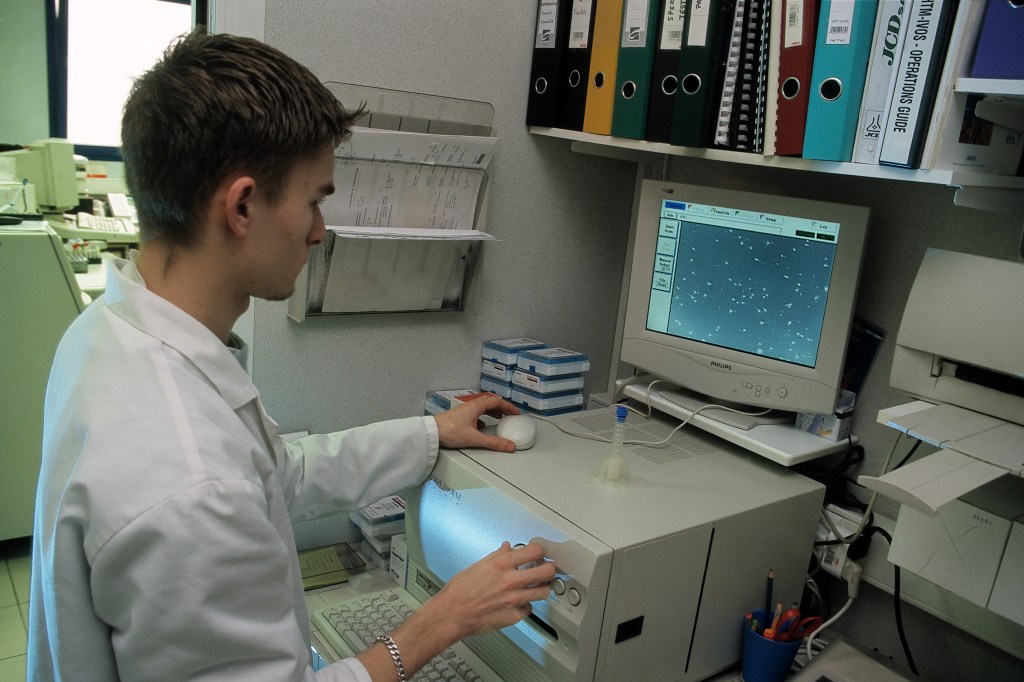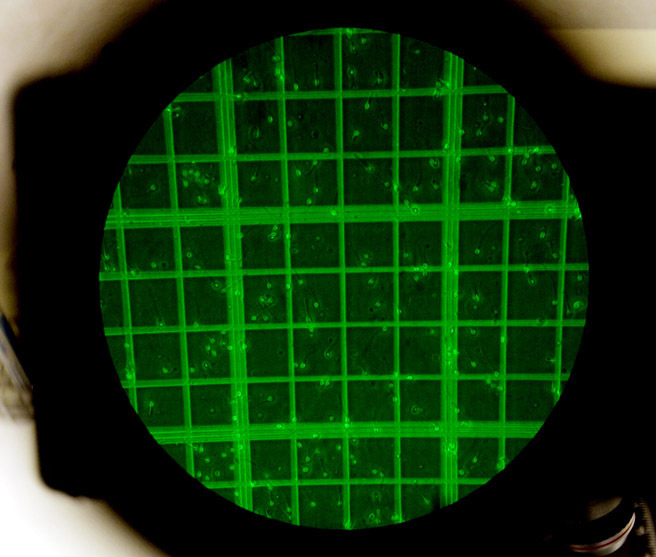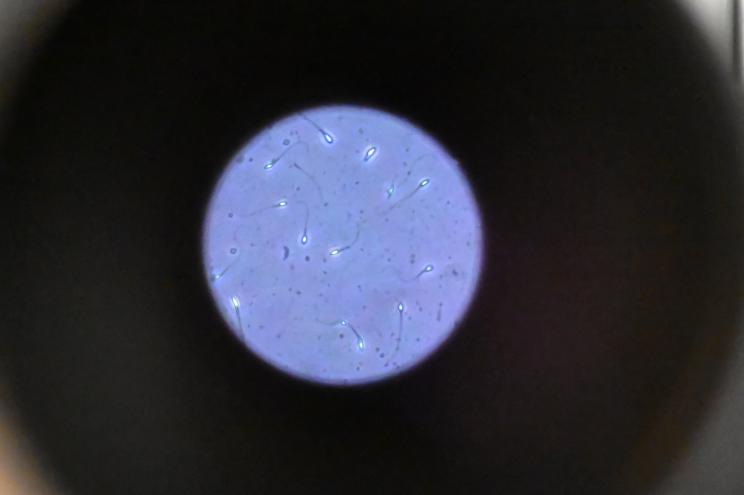Don’t count men out just yet.
New research is challenging recent reports that sperm count in men is on the decline globally.
In a study published in the journal Human Reproduction on June 5, researchers at the University of Manchester, Queen’s University in Kingston, Canada and Cryos International, a sperm bank based in Denmark, collected data from 6,758 men from four Danish cities.
They found that sperm concentration varied notably from year to year, but did not change drastically over a six-year period — as two influential meta-analyses have recently asserted.
Cryos has been operating for more than 40 years but limited their research to samples collected between 2017 and 2022. This ensured consistent measurements of sperm concentration and motility — referring to how well they swam — as data collection methodologies have changed throughout the decades.

“This is to some degree the result of meta-analysis published by Levine et al. (2023) which proposed that sperm concentrations worldwide had declined as much as 2.64% per year in unselected men since the year 2000,” said Allan Pacey, professor at the University of Manchester and co-author of the new report.
“We did not see such a change and that suggests that in this population of sperm donor applicants, in these four Danish cities, sperm concentrations have not changed between 2017 and 2022”.
Researchers did find one significant decrease between 2019 and 2022, finding a drop in concentration (16%) and motility (22%) — which “roughly corresponds to the onset of the worldwide COVID-19 pandemic,” said Professor Robert Montgomerie, another co-author on the study.
“While there is no evidence to suggest that the SARS-CoV-2 virus is directly affecting sperm, we speculate whether the widespread lockdowns may have led to changes in working pattens, diet and levels of physical activity which we already know can impact sperm motility,” Montgomerie explained.
Information pertaining to participants’ health profiles and lifestyles was not factored into the study, which could explain some degree of overall decline.

Researchers hope to continue monitoring sperm quality in donor candidates at banks such as Cryos International, as a means of tracking changes over longer periods of time.
Said Anne-Bine Skytte, the company’s medical director who also co-authored the study, “Men who apply to be sperm donors are doing so in order to help women and couples achieve their family wishes.”
“We have no way of knowing how random this sample is with respect to the general (Danish) population, but this study shows that another altruistic outcome of applying to be a sperm donor is how the data can now be used to help answer big science questions, like whether sperm counts are declining or not.”
“This is an unexpected benefit of their generosity,” concluded Skytte.








